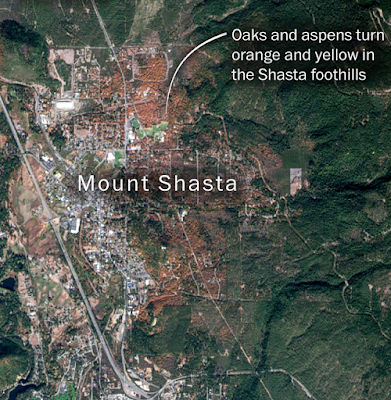Here are some maps for your Halloween enjoyment. First, a clickable map of witches in Scotland. This is a map of the Witchcraft Survey Database, a list containing records of all of the recorded accused witches in Scotland from 1563 – 1736. There are maps showing locations of trials, deaths and detentions of accused witches.
The map can be filtered by gender, occupation and social class. You can also change the map for a more historic look.
This Is Halloween is a project from Jonah Adkins showing locations of the two major pop-up Halloween stores in pink and green with a nice spooky font.
Zoom in and the circle become Pac Man ghosts - spooky!
Finally, Haunted NJ - via Reddit
The map can be filtered by gender, occupation and social class. You can also change the map for a more historic look.
This Is Halloween is a project from Jonah Adkins showing locations of the two major pop-up Halloween stores in pink and green with a nice spooky font.
Zoom in and the circle become Pac Man ghosts - spooky!
Finally, Haunted NJ - via Reddit


















